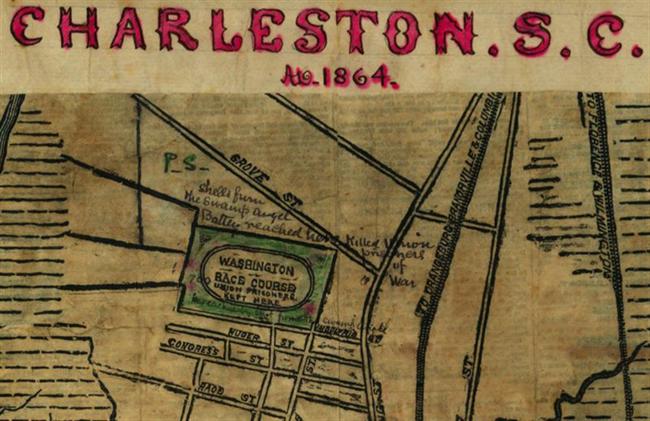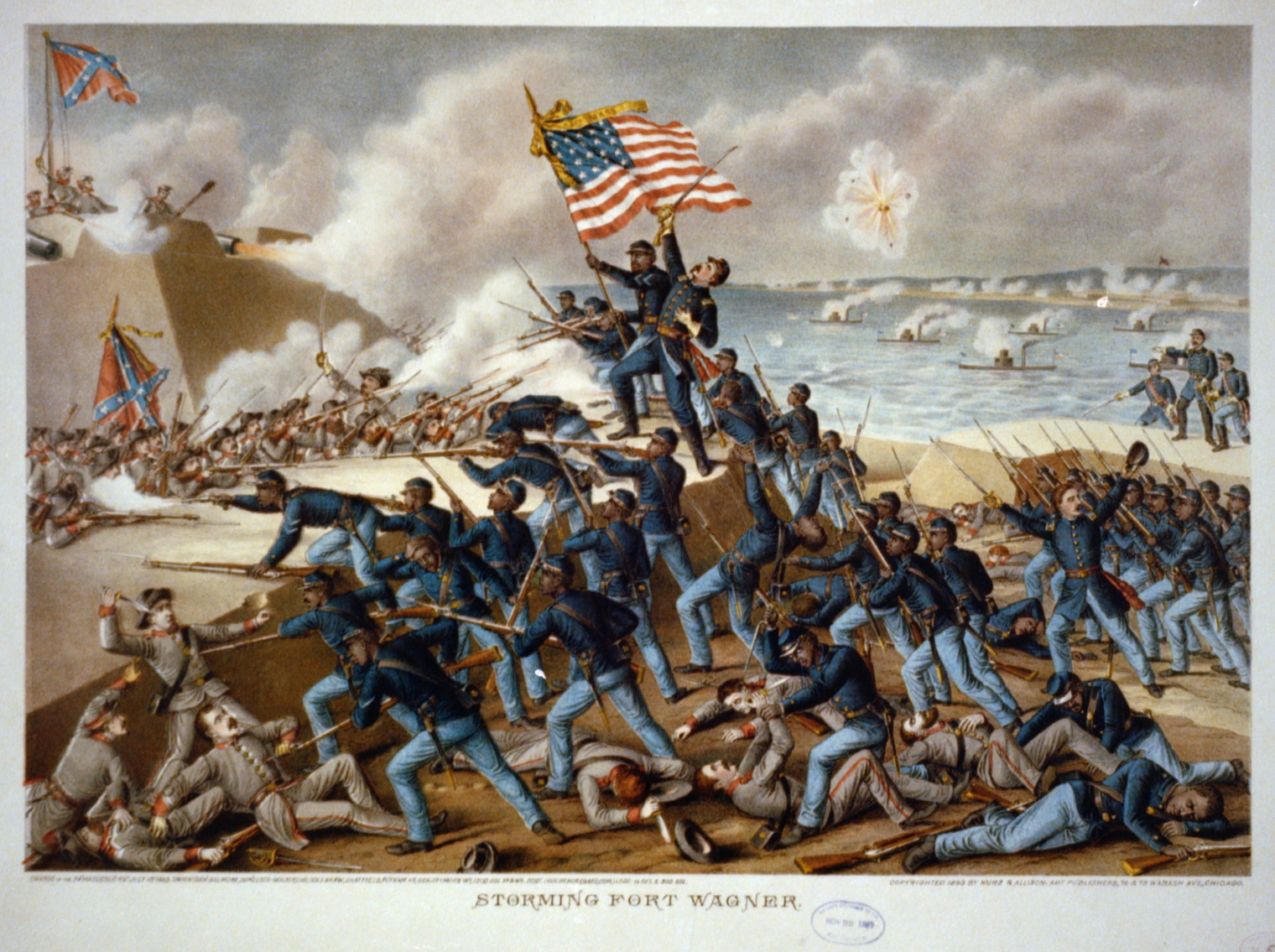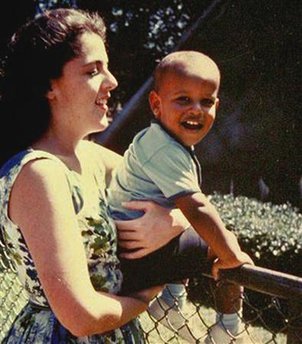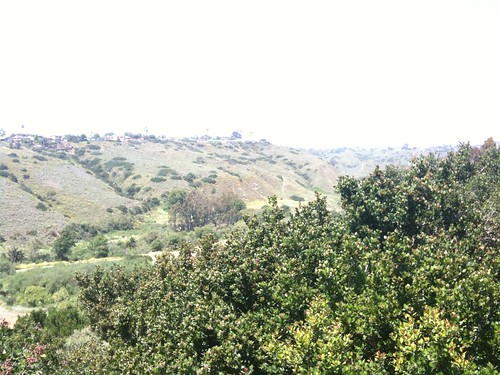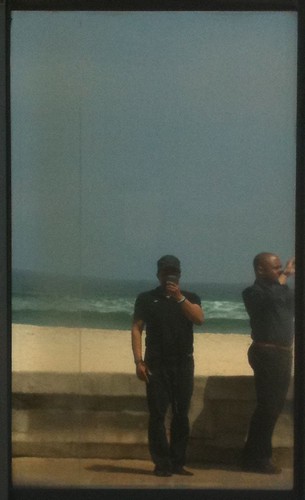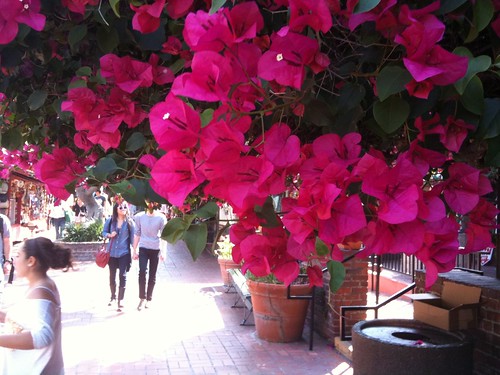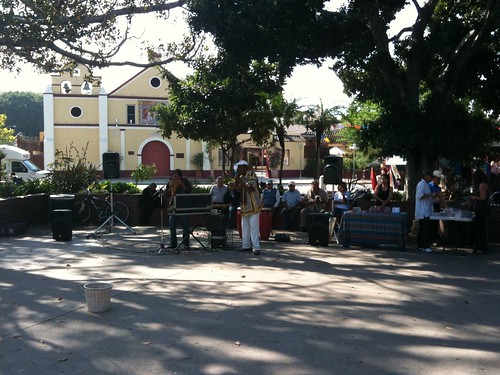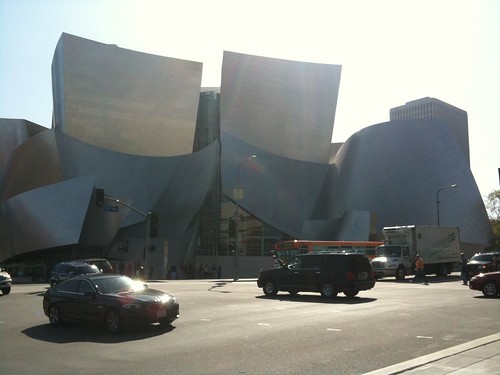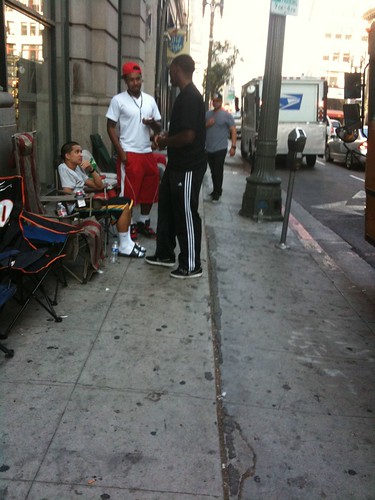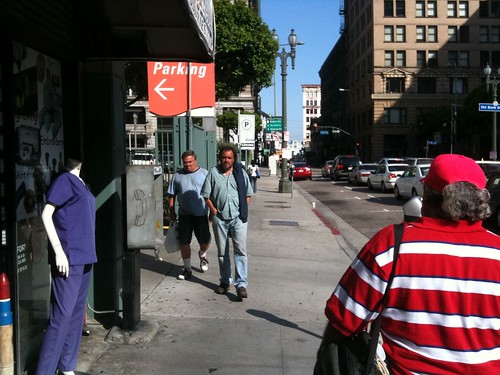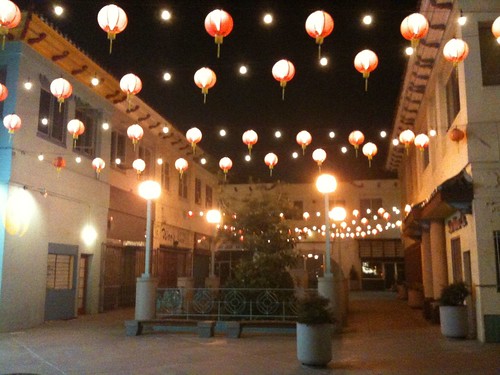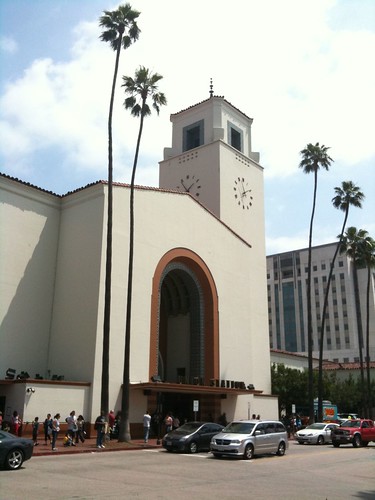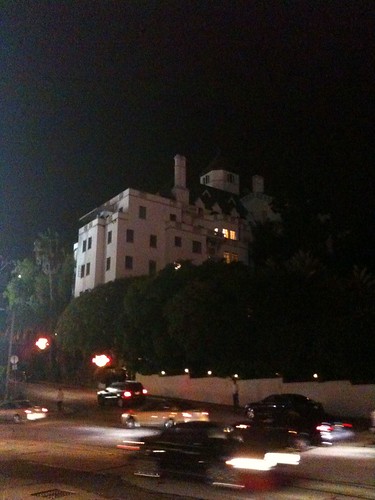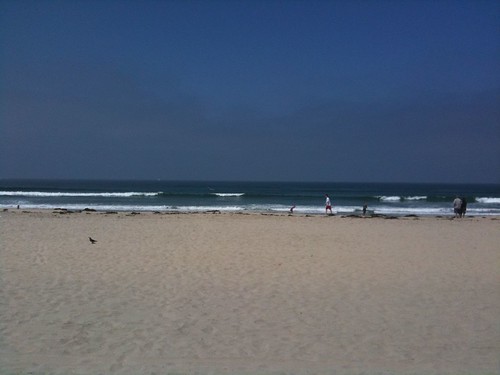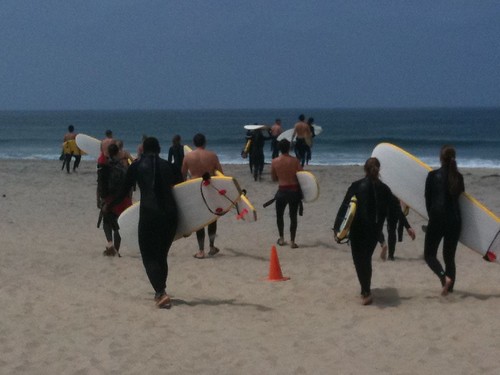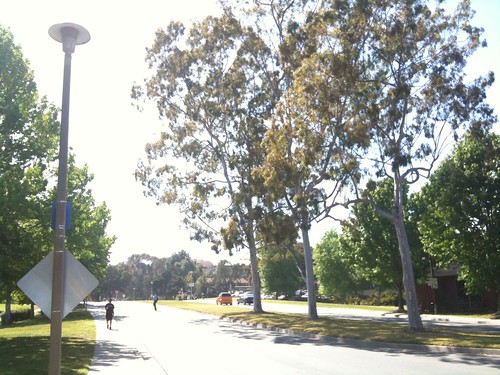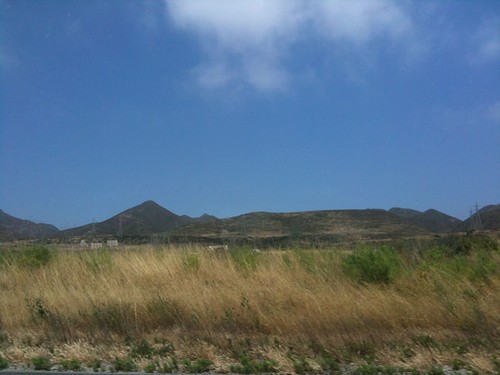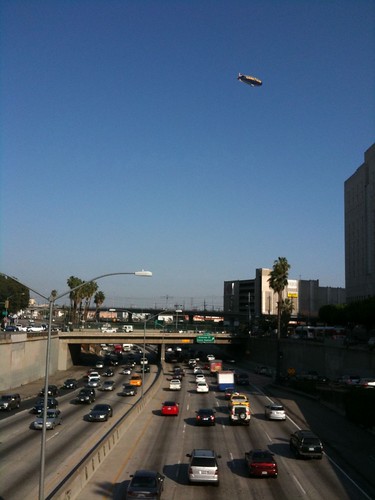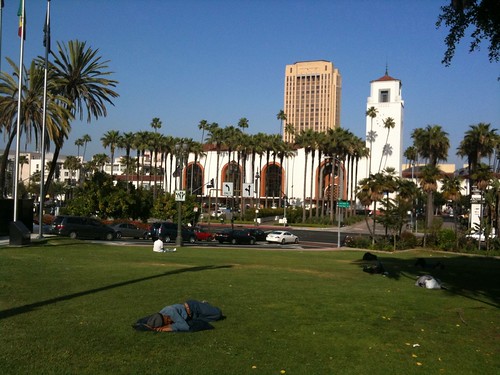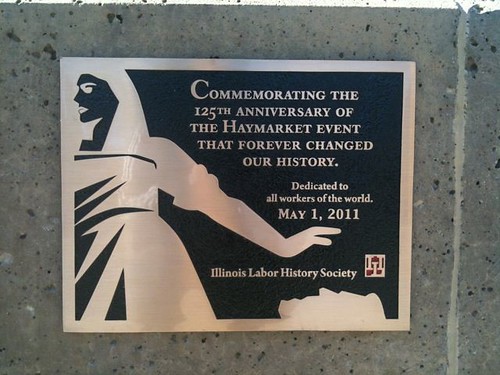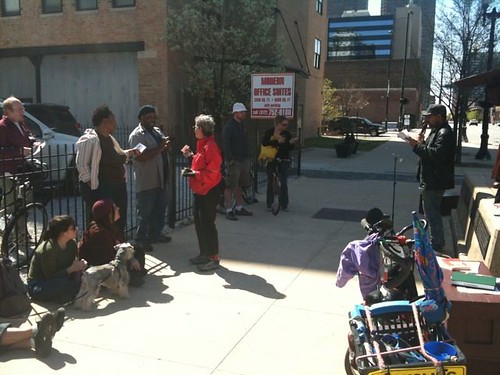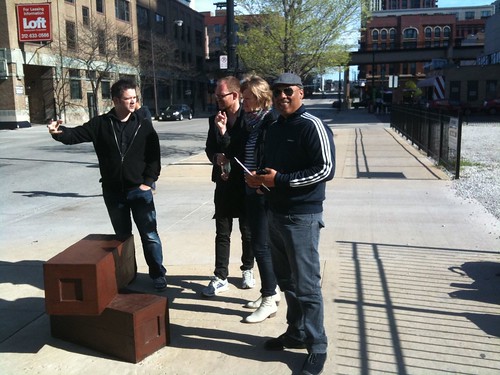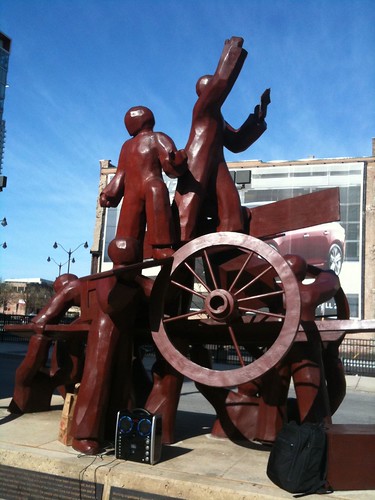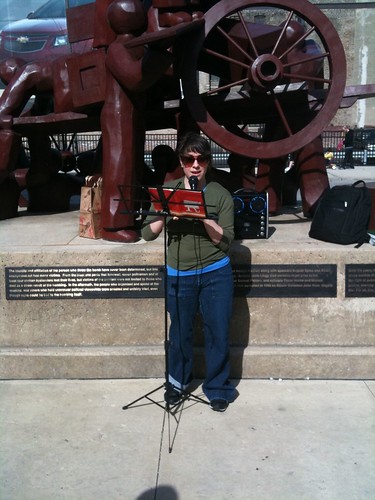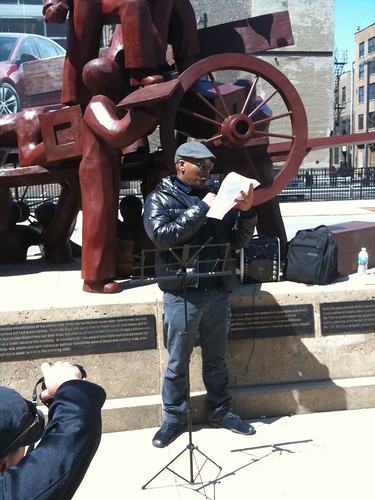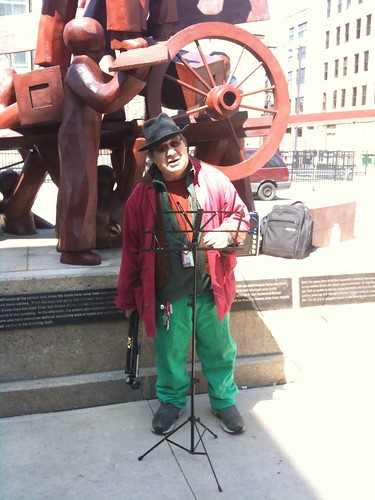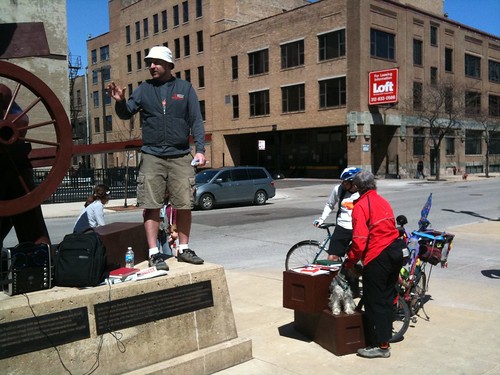Checking tweets before bed, I saw Tara Betts' note about and link to the New York Times obituary for Abdias do Nascimento (1914-2011, at left, photo by Bia Parreira), one of the extraordinary figures in Brazil's contemporary history. Nascimento advocate for the rights and cultural of Afro-Brazilians, and major contributor to that culture and the society. A playwright, poet, scholar, teacher, artist, activist, and politician, Nascimento had never softened his voice in calling out Brazil's racism and countering its prevailing ideology, still dominant despite major intellectual and cultural shifts, of itself as a "racial democracy."
Among his many social, political, economic and cultural interventions were his founding of the Black Experimental Theater in Rio de Janeiro, in 1944, which became a site for the production and celebration of Afro-Brazilian dramaturgy and culture; his participation in the first Congress of Brazilian Blacks, in 1950, sponsored in part by the acting troupe, which staged one of Brazil's best known exports of the mid-century, Vinicius de Morães's Orfeu negro (Black Orpheus), which Marcel Camus adapted into the award-winning movie of the same name; and his role in the 1945 founding of the Afro-Brazilian Democratic Committee to free political prisoners held by the right-wing Vargas regime. Later he established the Ipeafro (Instituto de Pesquisas e Estudos Afro-brasileiros), the Institute for Afro-Brazilian Research and Study.
Nascimento spent nearly 20 years in exile after Brazil's 1964 military coup, living in the United States, where he taught at the State University of New York at Buffalo, and in Nigeria, returning in the 1980s. Yet while in exile, he helped found the Democratic Labor Party of Brazil, and after the resumption of democracy he served as a federal deputy and senator, and as the Secretary for the Defense and Promotion of the Afro-Brazilian Populations in the State of Rio de Janeiro in during the 1991-94 term of Leonel Brizola. As the New York Times writes, Nascimento gave one of his final interviews to Henry Louis Gates Jr. as part of Gates's Black in Latin America series on PBS, which I wrote about a few weeks back. You can watch the Brazil episode here.
A native of Franca, São Paulo, and a graduate of Federal University of Rio de Janeiro, Higher Institute of Brazilian Studies, and the Oceanography Institute, Nascimento authored many works, including Africans in Brazil: a Pan-African perspective (1997); Orixás: os deuses vivos da Africa (Orishas: the living gods of Africa in Brazil) (1995); Race and ethnicity in Latin America - African culture in Brazilian art (1994); Brazil, mixture or massacre? Essays in the genocide of a Black people (1989); Sortilege (1978); and Racial Democracy in Brazil, Myth or Reality?: A Dossier of Brazilian Racism (1977). He also founded the important journal Quilombo. If you read Portuguese, O Dia has posted an obituary here. Scholar Molefi Kete Asante wrote a tribute posted on Dialogues.
One of my great hopes was to meet Nascimento before he passed. I nevertheless have a small link to him; a few years back, I came into possession of several copies of K. Anthony Appiah's and Gates's magisterial Encyclopedia Africana, and it so turned out that a Brazilian correspondent mentioned that Nascimento might be interested in one, so I sent it to him and he brought it down to Nascimento. It was a small (but heavy) gift of tribute to an amazing figure, and I have always hoped that he had the opportunity even to flip through it once or twice, to see Aaron Myers's fine entry on him.
Among his many social, political, economic and cultural interventions were his founding of the Black Experimental Theater in Rio de Janeiro, in 1944, which became a site for the production and celebration of Afro-Brazilian dramaturgy and culture; his participation in the first Congress of Brazilian Blacks, in 1950, sponsored in part by the acting troupe, which staged one of Brazil's best known exports of the mid-century, Vinicius de Morães's Orfeu negro (Black Orpheus), which Marcel Camus adapted into the award-winning movie of the same name; and his role in the 1945 founding of the Afro-Brazilian Democratic Committee to free political prisoners held by the right-wing Vargas regime. Later he established the Ipeafro (Instituto de Pesquisas e Estudos Afro-brasileiros), the Institute for Afro-Brazilian Research and Study.
Nascimento spent nearly 20 years in exile after Brazil's 1964 military coup, living in the United States, where he taught at the State University of New York at Buffalo, and in Nigeria, returning in the 1980s. Yet while in exile, he helped found the Democratic Labor Party of Brazil, and after the resumption of democracy he served as a federal deputy and senator, and as the Secretary for the Defense and Promotion of the Afro-Brazilian Populations in the State of Rio de Janeiro in during the 1991-94 term of Leonel Brizola. As the New York Times writes, Nascimento gave one of his final interviews to Henry Louis Gates Jr. as part of Gates's Black in Latin America series on PBS, which I wrote about a few weeks back. You can watch the Brazil episode here.
A native of Franca, São Paulo, and a graduate of Federal University of Rio de Janeiro, Higher Institute of Brazilian Studies, and the Oceanography Institute, Nascimento authored many works, including Africans in Brazil: a Pan-African perspective (1997); Orixás: os deuses vivos da Africa (Orishas: the living gods of Africa in Brazil) (1995); Race and ethnicity in Latin America - African culture in Brazilian art (1994); Brazil, mixture or massacre? Essays in the genocide of a Black people (1989); Sortilege (1978); and Racial Democracy in Brazil, Myth or Reality?: A Dossier of Brazilian Racism (1977). He also founded the important journal Quilombo. If you read Portuguese, O Dia has posted an obituary here. Scholar Molefi Kete Asante wrote a tribute posted on Dialogues.
One of my great hopes was to meet Nascimento before he passed. I nevertheless have a small link to him; a few years back, I came into possession of several copies of K. Anthony Appiah's and Gates's magisterial Encyclopedia Africana, and it so turned out that a Brazilian correspondent mentioned that Nascimento might be interested in one, so I sent it to him and he brought it down to Nascimento. It was a small (but heavy) gift of tribute to an amazing figure, and I have always hoped that he had the opportunity even to flip through it once or twice, to see Aaron Myers's fine entry on him.



